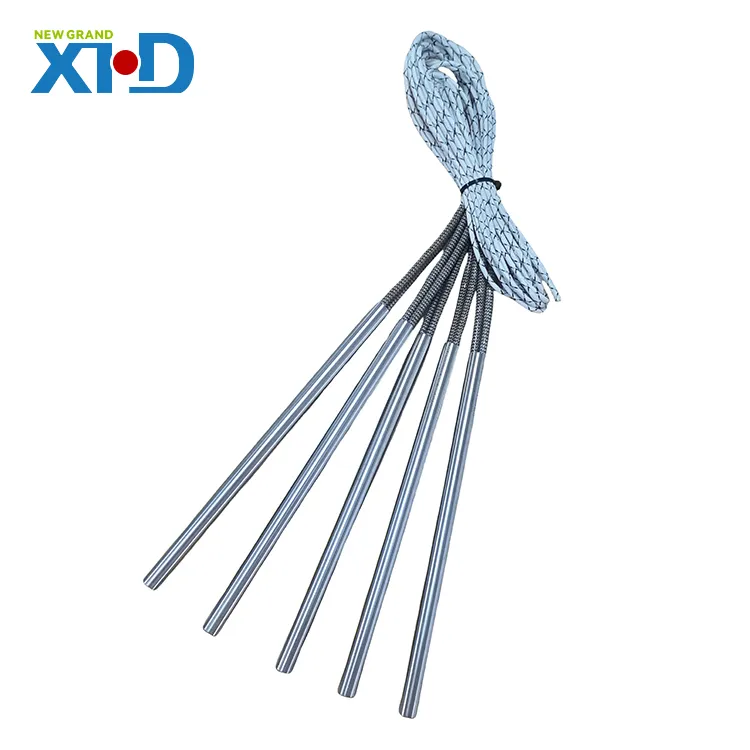Design Strategies for Uniform Heat Distribution in Cartridge Heaters
2024-11-22
Cartridge heaters are a cornerstone of precision heating applications, offering localized and efficient thermal energy for a wide array of industries. A critical aspect of their functionality lies in their ability to distribute heat uniformly. Inconsistent heating can lead to performance issues, shortened component life, and product defects. But how do manufacturers achieve this high level of heat uniformity?
1. Optimized Heating Element Placement
At the heart of a cartridge heater is the heating coil, typically made of a high-resistance alloy such as nickel-chromium (nichrome). Manufacturers carefully wind and position this coil to ensure even heat distribution across the heater's length. Advanced coiling techniques, such as close-pitch winding, minimize cold spots by reducing gaps between coils.
2. High-Density Magnesium Oxide (MgO) Insulation
A key component in heat uniformity is the insulation material packed around the heating coil. Magnesium oxide, with its excellent thermal conductivity and electrical insulation properties, is compacted to high densities. This not only ensures efficient heat transfer to the heater’s sheath but also prevents uneven heating due to air pockets.
3. Precision Sheath Construction
The sheath, typically made of stainless steel or Incoloy, plays a critical role in heat distribution. Its uniform wall thickness and smooth surface ensure consistent heat transfer to the application. Advanced manufacturing techniques, like deep-drawing and CNC machining, enable precise sheath construction.
4. Computer-Aided Design and Testing
Manufacturers leverage computer simulations to model heat distribution before production. Thermal imaging and computational fluid dynamics (CFD) tools help identify potential hotspots or cold zones, allowing for design optimization.
5. Advanced Manufacturing Techniques
Modern technologies, such as laser welding and automated coiling, ensure high precision in assembly. Automation reduces human error, resulting in consistent quality across batches.
6. Tailored Watt Densities
To suit specific applications, manufacturers customize watt densities—measured as watts per square inch of the heater's surface. Balancing watt density ensures that the heater delivers the required heat output without overloading any particular area.
Uniform heat distribution in cartridge heaters is not a matter of chance but the result of meticulous design, high-quality materials, and advanced manufacturing techniques. By focusing on these elements, manufacturers deliver heaters that meet the demanding requirements of industries such as aerospace, medical, and manufacturing.



